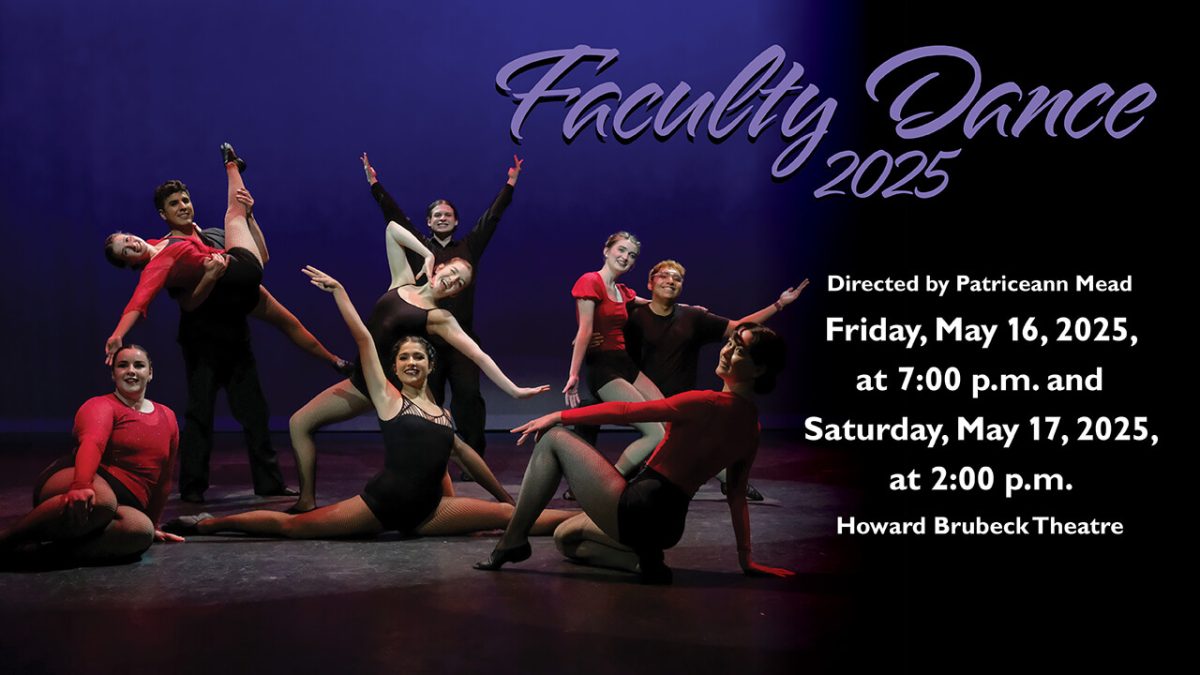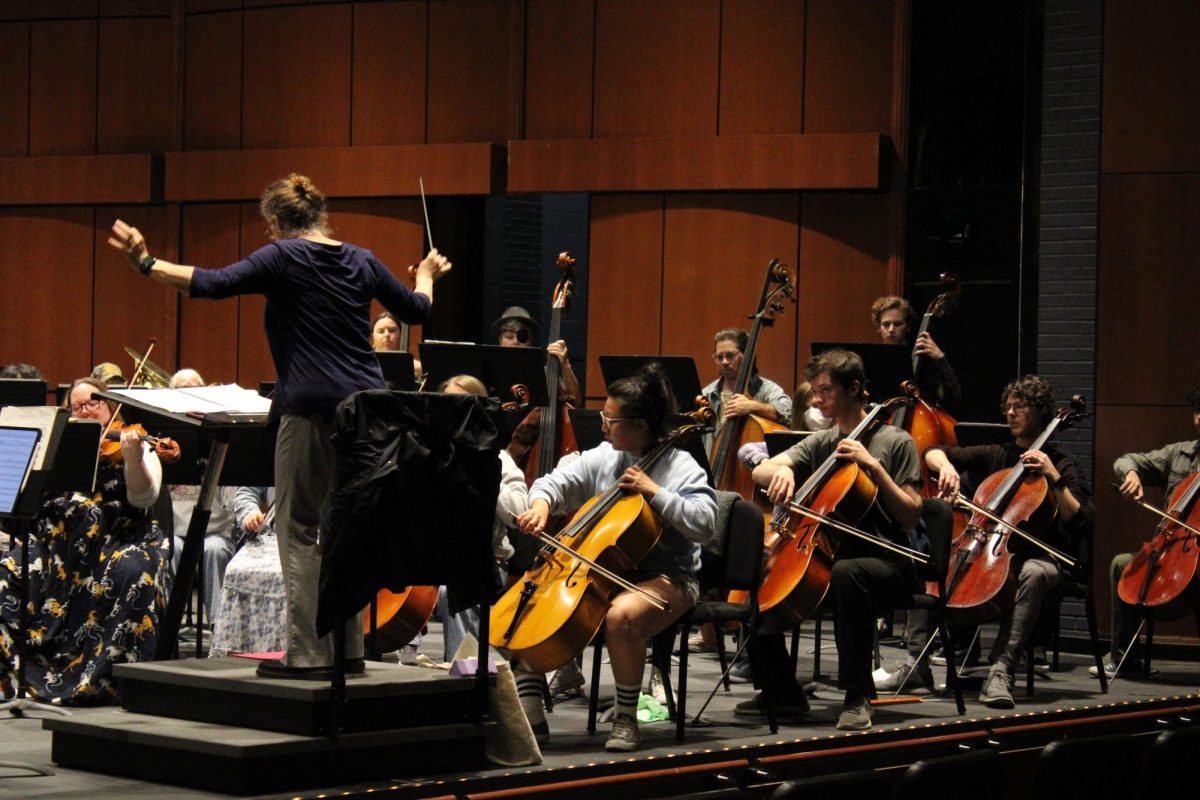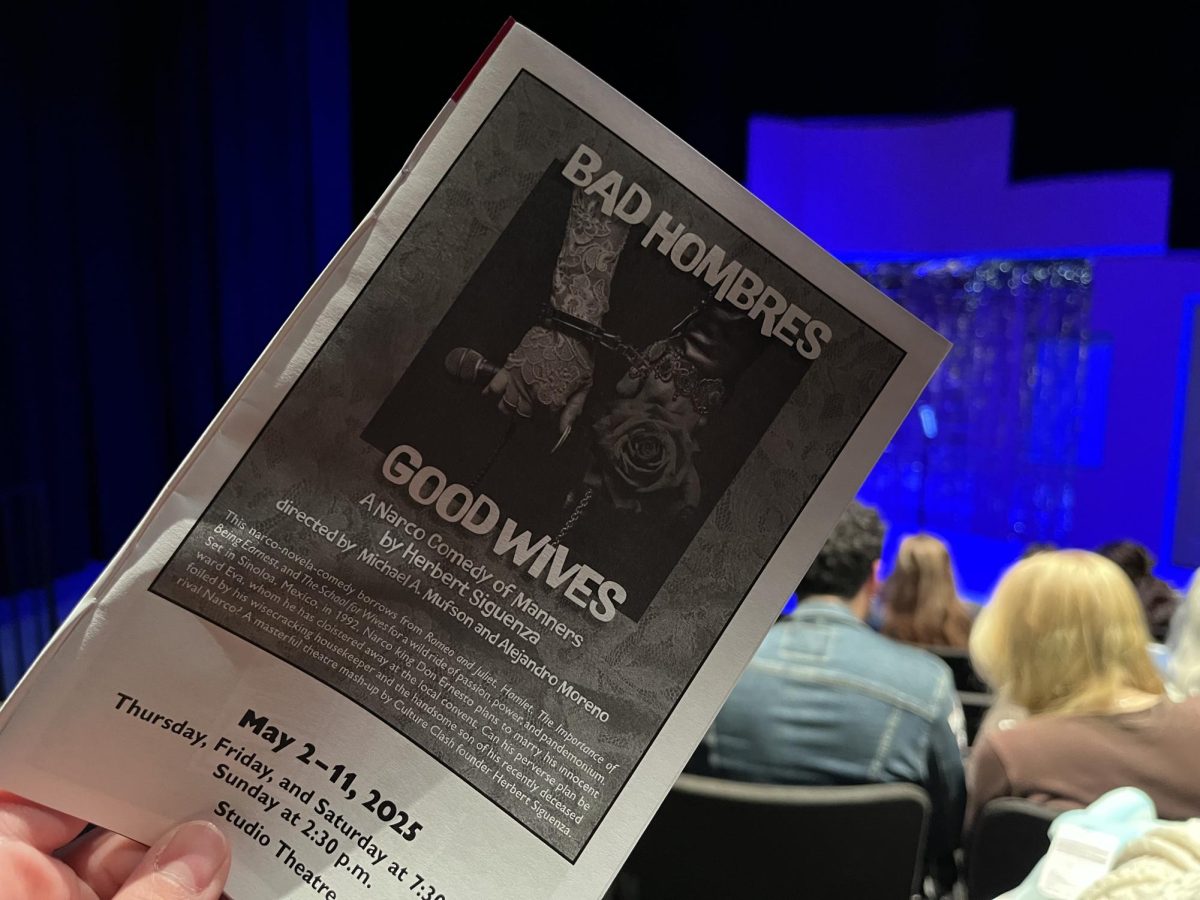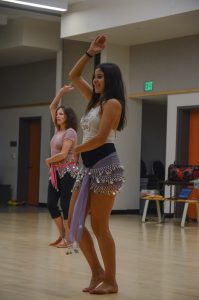
Belly dancing classes at Palomar College aim to preserve a generations long tradition.
Palomar’s belly dancing program has opened a lot of different opportunities for many students. Students can learn something new while also finding out more about other cultures and different styles that other parts of the world have to offer.
Belly dancing pulls from a different side of dance, and it brings out confidence and empowerment to those who practice the discipline. Unfortunately, the class itself has not been generating much interest from students.
“I like it, I just wish there are more people taking the class,” said Emily Martinez, a 20-year-old Palomar student and dancer. “I think a lot of people don’t know about it… or a lot of people think they couldn’t do it.”
Martinez believes that questioning your abilities shouldn’t deter anyone from taking the class however.
“People take class not for something they know how to do, but something they don’t know how to do,” Martinez explained.
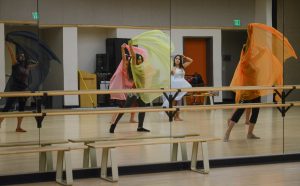
“It brings out the confidence and sensual aspect for a woman,” said Martinez. “Not in the derogatory way.”
Starting from its folkloric origins, belly dancing has been a prominent art form for hundreds of years since it began in the middle east. Different styles of belly dancing evolved as it traveled through nations like Egypt, Turkey, Lebanon and many more. Since it’s beginnings, the art form has deeply incorporated itself in different nations’ cultures.
JoEllen Handelsman, also known as Sohaila Zyba, a former Palomar student who is now the belly dancing instructor at the college, emphasized her goal to keep this art form alive.
“We have to keep it alive, we have to get it out there and let people know art form in all instances, performing arts, music, art in general has to be kept in the colleges,” Handelsman said, adding that art is “what makes the world go round.”
Often when people think of belly dancing they assume that the art form is a feminine type of dancing that is strictly for women. These assumptions, according to Handelsman, are actually false.
“There are men that dance as well,” Handelsman said. “It could be intricate, yet it could be flamboyant at the same time, there are so many different styles of this dance.”
Handelsman explained that in more of the folkloric styles, men used sticks referred to as a Thatib, while women used Raks assaya which translates into the dance of the cain. These styles in turn created a martial arts form where individuals performed in a play fight similar to Brazil’s capoeira.
Aside from teaching the discipline of belly dancing, Handelsman also teaches students about its traditions and ideals. Students are encouraged to buy her book, titled, “Near and Middle Eastern Dance Workbook.” The book contains a collection of everything Handelsman has learned during her travels around the world dancing and training with some of the most notable belly dancers out there.




